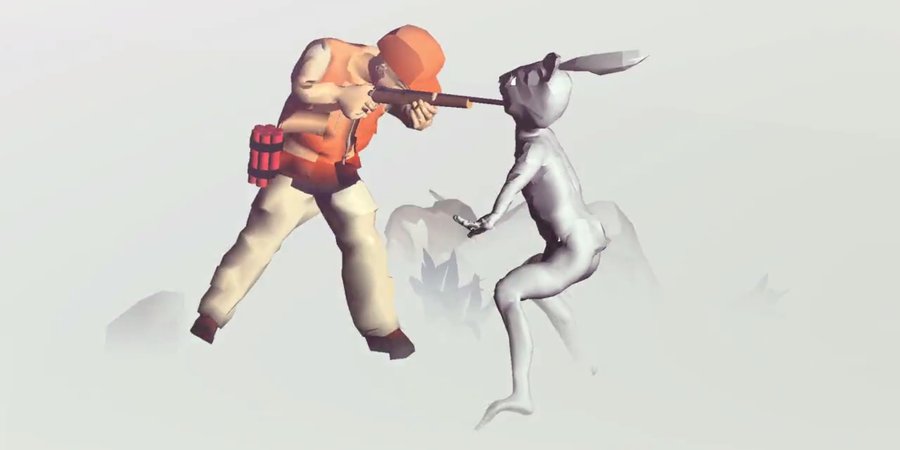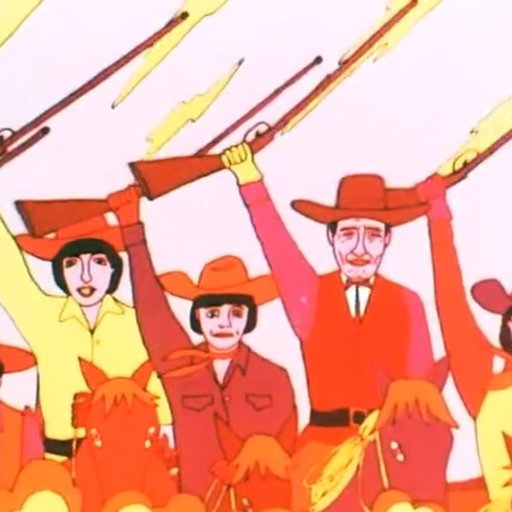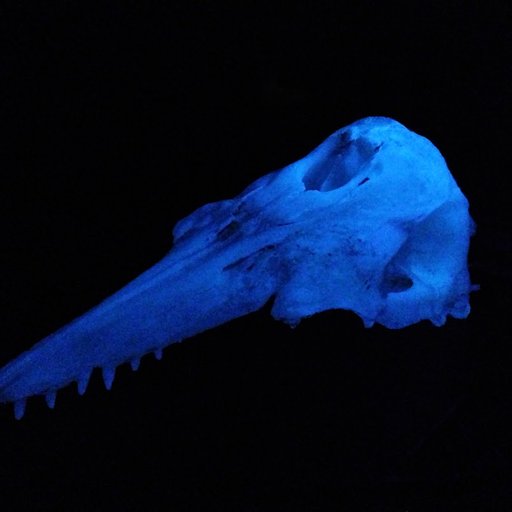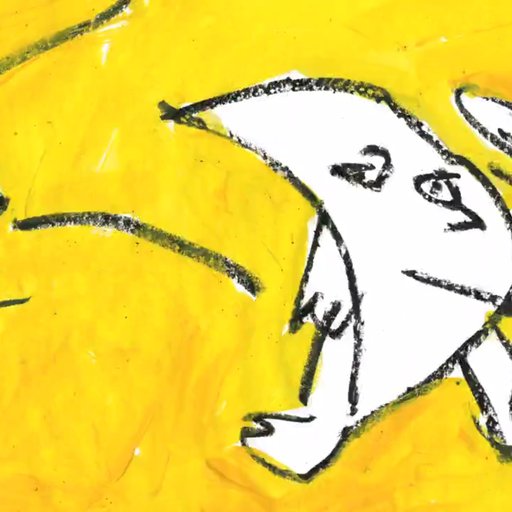Ever since MTV burst onto the pop culture scene in 1981 with the declaration that “ Video Killed the Radio Star ,” the music video has been a rich and compelling showcase for visual artists. ( Björk’s recent show at MoMA, for all its flaws, reminded us just how fruitful and collaborative music videos can be when artists are involved.) The following videos, made by some of the most exciting artists of recent years, represent a new vanguard of music video production uninhibited by the limits of physicality, legibility, and what some would call "good taste."
Jon Rafman is widely regarded as one of today’s leading net artists; his appropriative projects like 9-Eyes (made up of beautiful and bizarre screenshots from Google Maps’s Street View) and Kool-Aid Man in Second Life have been hailed as some of the most important digital works in recent years. He continues to mine the visual detritus of digital culture, albeit in a far darker register, with his video for the American musician Oneohtrix Point Never ’s song “Still Life (BETAMALE).” Difficult to watch at times (and definitely NSFW), the video is made up of flashing images of disturbing, grime-caked keyboards, clips from obscure Japanese video games, and the anthropomorphic animals of the “ furry ” subculture appearing both as cartoons and real people in costume. One recurring image is a photograph of a large man who is pointing two handguns at his head, which is wrapped in pink underwear. This video is one of several produced by contemporary artists for Oneohtrix Point Never’s 2013 album R Plus Seven ; other contributors include Takeshi Murata , Nate Boyce, Jacob Ciocci , and John Michael Boling .
Ian Cheng is best known for his digital simulations, 3D compositions of infinite duration in which a set of discrete “rules” coded into the piece dictate the movement of the piece. His video for the Los Angeles-based band Liars is (necessarily) more constrained, but no less ebullient. Like several of his other projects, the video for “Brats” features motion-captured actors, a trick Cheng picked up during his stint at George Lucas’s cutting-edge effects company Industrial Light and Magic. This time, he’s recreated Bugs Bunny and Elmer Fudd, who gambol around a grey virtual environment. The pair alternate between dancing with one another and engaging in classic Looney Tunes chase scenes, complete with bundles of dynamite and huge yet strangely nondestructive explosions. At one point, they run across digitized versions of the Liars band members, who promptly begin to attack the much-besieged Bugs.
Brenna Murphy is a musician in her own right (check out MSHR , her music/performance/installation collaboration with Birch Cooper , for some serious weirdness); her treatment of the Finnish experimental musician Tomutonttu ’s song “Siat nousevat vuorelle” shows off her sensitivity to the subtleties of the track as well as her mastery of psychedelic effects. Note the strobing transition around the 1:30 mark, where alternating shots of an island at sunset and kaleidoscopic close-ups of trees give way to renderings of her signature digital sculptures in a moment of pure relief after nearly unbearable tension. It’s all too easy to make second-to-second jump cuts on the computer, but Murphy, perhaps aided by the music, manages to make them a grounding motif of the piece by using the technique sparingly and to excellent effect.



























